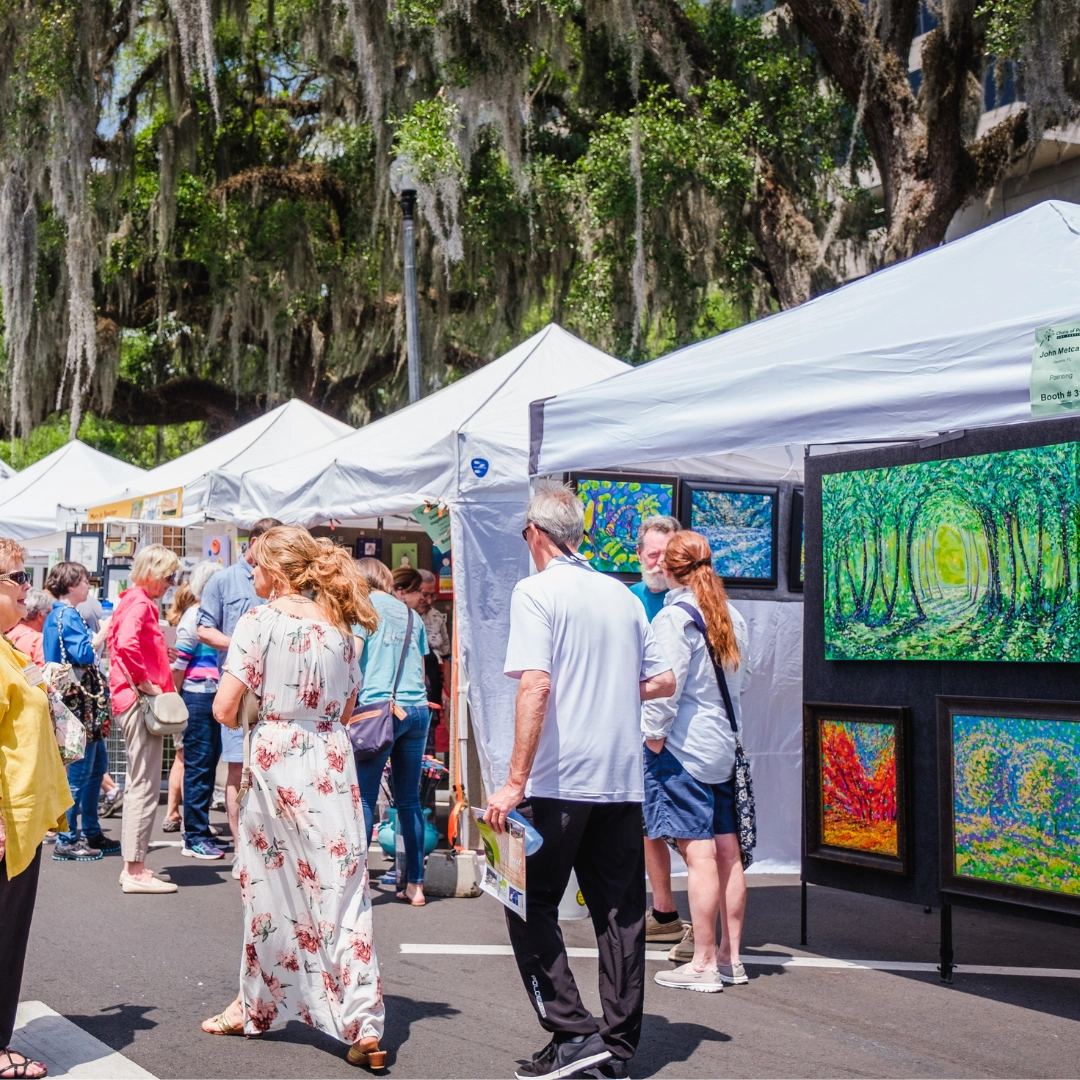by Jessica Giles | March 3, 2021
Human Connection in a Pandemic World at the Cornell Fine Arts Museum
This photography series by Lebanese American photographer Rania Matar gives viewers a raw glimpse into everyday peoples’ quarantine lives.

When the COVID-19 pandemic struck, Rania Matar found herself spending a lot more time at the kitchen sink.
Four of her children and two of their cousins moving in meant a house suddenly bustling with life—and a sink often full of dirty dishes. As she scrubbed, her eyes wandered to the window. There, across the yard, she saw a similar picture: her neighbor, standing there at the kitchen sink, peering through the window.
“And I realized that there was something so beautiful about that,” the artist recalls.
Through this small windowpane, she got a brief glimpse into her neighbor’s quarantine life, and it was oddly comforting; a moment of connection in an otherwise isolating time. The idea struck immediately.

Matar ran out, bought a new digital camera and started searching for subjects who’d be willing to pose for portraits in their window. The Lebanese American photographer ended up photographing more than 150 people in her Boston community, amassing a series of portraits that provided an intimate look into the lives of everyday people during the pandemic. Now the series, titled On Either Side of the Window, Portraits During COVID-19, is on display at the Cornell Fine Arts Museum in Winter Park to give other people a chance to experience that spark of human connection in a time often devoid of contact.
Milling through the exhibit, you’re taken from the windowsill of a mother and daughter posing in pajamas to the home of a new mother nursing her newborn.
“This pandemic and quarantine has affected people in all different ways,” says Gisela Carbonell, curator at the Cornell Fine Arts Museum. “You can see some people who are experiencing quarantine by themselves, which is very different from experiencing going through quarantine with a large family, or a spouse, or a friend, or roommate.”

As a teaching museum, the Cornell Fine Arts Museum selects exhibits that support the Rollins College curriculum, while also provoking thought amongst the general public. Free and open to all year-round, the museum has become an accessible way for everyone to incorporate art into their daily lives. One of the most captivating elements of On Either Side of the Window is its universality.
“I think people see themselves in these images,” Carbonell says.
While no one has been immune to the impact of coronavirus, it’s touched each person differently. Visitors to the exhibit who have spent this last year in isolation all alone may linger a little longer in front of the solo images, like the young woman in the floral green dress with her hand pressed against the glass. Others, whose homes have been filled with loved ones since the onset of the virus, may gravitate toward the family of four scrunched into their dark blue window or the two men embracing. Moving from one portrait to another, viewers are awarded a fleeting glimpse into these peoples’ new normal and with it, a sense of human connection so many have been craving.
Matar strives for all of her work to feel intimate and visceral, but she was unsure if she’d be able to accomplish the same emotional depth with this series given the physical distance required. She anticipated that she’d show up, take a snapshot and drive away. But her expectations were entirely wrong—in the best way.
It doesn’t matter what we look like, where we live, we all have these things that connect us.
— Gisela Carbonell
With nothing to do and nowhere to go, she found that her subjects weren’t in a hurry. In fact, many seemed eager for the interaction, excited to share what their lives looked like now that each day was confined within the same four walls. Some window portraits turned into full-on photoshoots.
“I found that it was feasible because people were very willing to be open,” Matar says. “There was almost a camaraderie in the fact that we’re all living through this.”
As the pandemic dragged on and Matar’s project grew, she noticed that her portraits were beginning to reflect the passing of time. As viewers move from one image to the next, they’ll notice the changing seasons in the windowpane. Blossoming flowers transition to blazing autumn leaves, then dropping to reveal bare winter trees.
It’s not just the landscape that changed over time, it’s mirrored in the subjects, too. One photograph shows a pregnant woman brushing her hair in an ethereal white dress. The neighboring photo depicts the same woman, now nursing her newborn baby as her partner brushes her long brown hair.

At first, people were content to be photographed in their robes and loungewear, but as quarantine continued, people began to use the portraits as an opportunity to dress up like they would for a girls’ night out or a trip downtown, Matar says. The project became not only an outlet for the artist, but her subjects.
As a complement to the exhibit, Matar will be speaking about the making of On Either Side of the Window, Portraits During COVID-19 along with some of her other work during a Facebook Live event on March 23. The exhibit will remain on display at the Cornell Fine Arts Museum through May 9, but those who can’t make the trip to Winter Park can also find a 360-degree view of the exhibit on the museum’s website.
“These images really highlight our humanity,” Carbonell says. “It doesn’t matter what we look like, where we live, we all have these things that connect us.”





